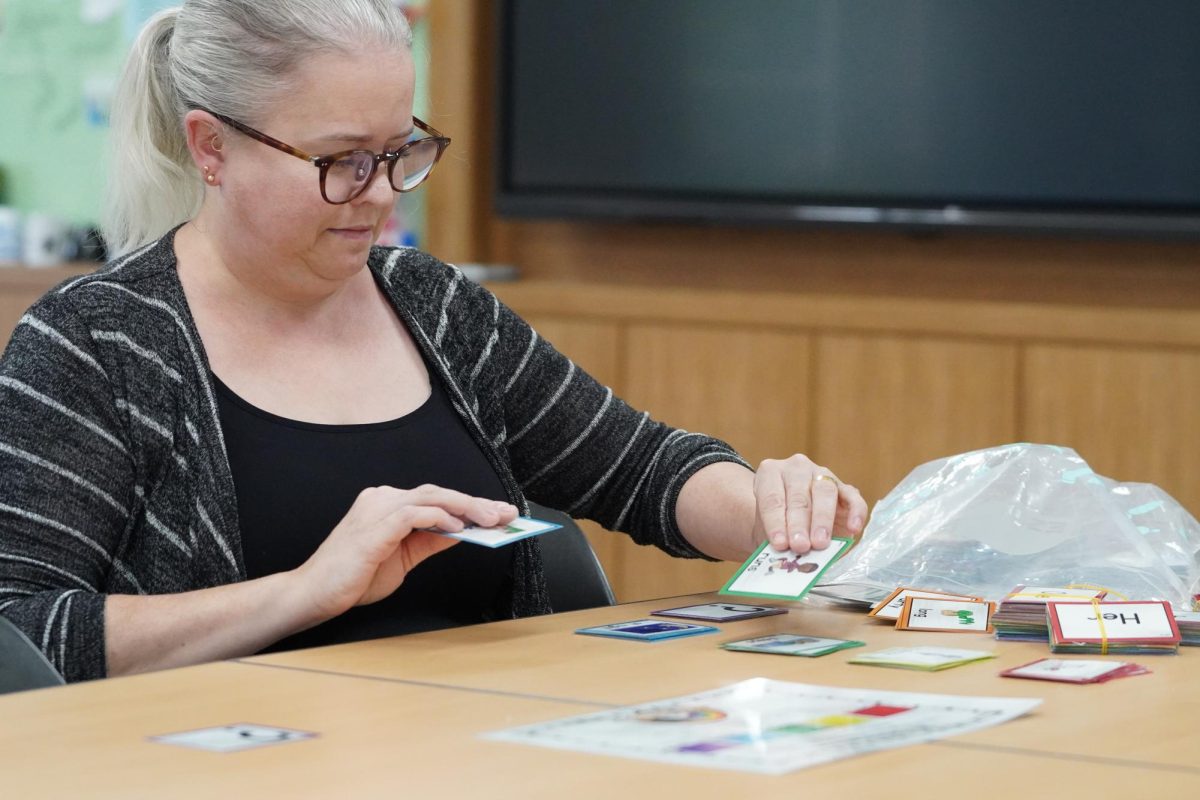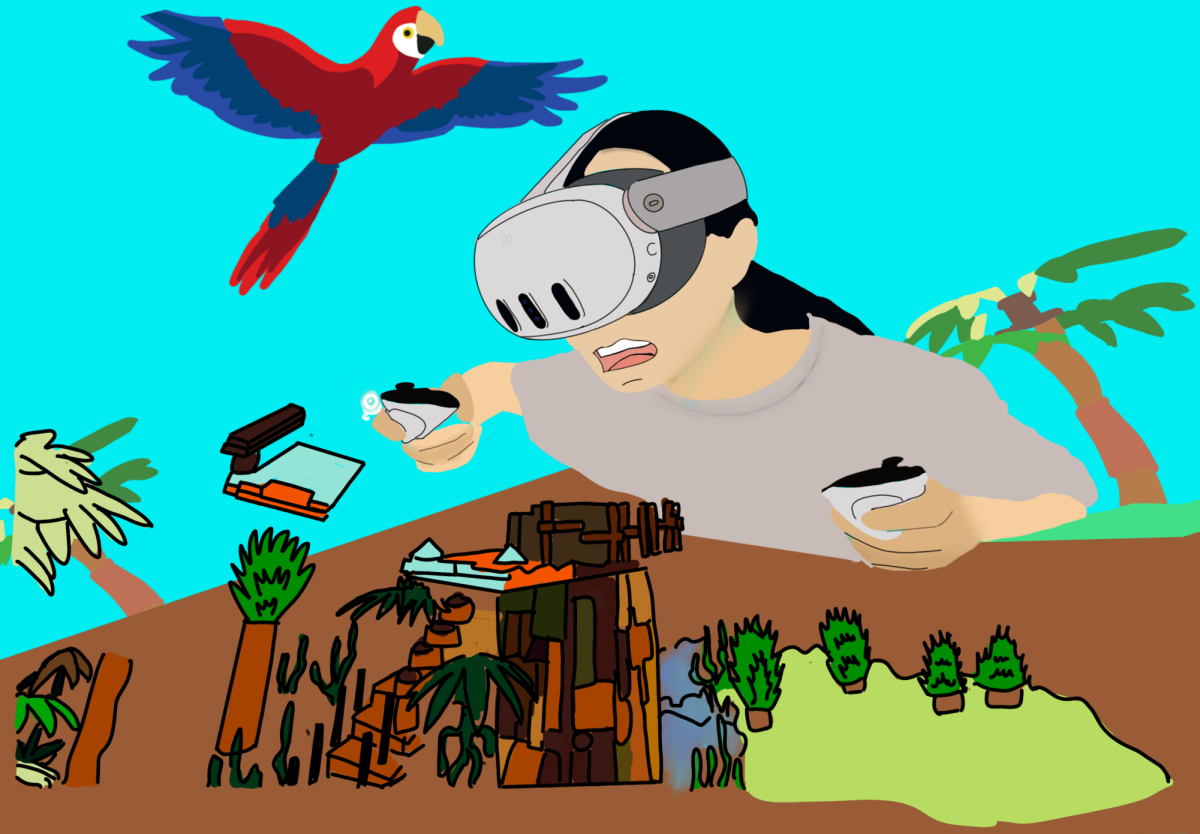Teenage Diabetes: The New Generation Z Trend?
Taking Steps to Prevent the Rising Illness
January 26, 2022
Despite leading the most sedentary, sugar-consuming, and exercise-deprived lifestyle in human history, K-students paradoxically distance themselves from the condition. “Diabetes is an ‘adult disease’ that only decades of an unhealthy lifestyle can cause,” they claim. Nonetheless, the bad-rep of diabetes is evident, often misconstrued as “the fat ailment.”
“Cases of juvenile diabetes are skyrocketing at an alarming rate,” said Professor Jang Kyung-mi, an endocrinological pediatrician at the Yeungnam University Medical Center who has attended to cases of pediatric diabetes since 2010. “Even more startling was that the bulk majority of admitted diabetics were completely unaware of their pre-conditions prior to diagnosis,” she added. “It’s not just somebody else’s story.”
The human body responds to a rise in blood sugar by releasing insulin, a hormone that signals tissues to take in sugar for energy production. In type 1 diabetes (T1DM), the immune system destroys insulin-producing islet cells, depriving bodies of the metabolism-regulating hormone. In type 2 diabetes (T2DM), tissues stop responding to insulin, failing to produce energy. Symptoms of these afflictions are fatigue, extreme thirst, frequent urination, unintended weight loss, and more. Type 1 cannot be prevented, while Type 2 can be averted or delayed through certain lifestyle changes – but in both cases, treatment and lifestyle changes are in order.
To mitigate the condition, diabetics may receive either insulin therapy or oral medication (hypoglycemics). Regular follow-ups and rigorous maintenance of blood sugar levels are critical to prevent complications that range from loss of vision (retinopathy) or kidney failure (nephropathy), to diabetic foot.
“Whether it be T1DM or T2DM, it is admittedly true that the current model of lifestyle is a trigger,” said Professor Jang. “Unfortunately, most students are incognizant that the risk can be diminished, [just] with small action plans.” Most Korean students return home late from hagwon drained – fundamentally lacking the initiative to pursue protective measures against diabetes. However, as Professor Jang says, there are a few preventive measures that can be incorporated into your day.
Exercise, exercise, exercise: Movement reduces tissue insulin demand, and consequently, the chance of high blood sugar (hyperglycemia). Spaced-out exercise – even just 10 minutes spared on a jog – will suffice. “Intense exercise of 150 minutes per week is the golden standard. It may be anything you enjoy — tennis, badminton, or even wrestling, for instance,” Professor Jang says.
50 + 30 + 20 = 100: Your daily meals should be composed of 50% carbohydrates, 30% protein, and 20% fat. “Balanced nutrition consumption ensures that obesity-inducing macronutrients are not overconsumed,” acknowledges Professor Jang. And of course, everything should be consumed in relation to your basal metabolic rate — the calorie consumption baseline for each individual.
Seek a glucose alternative: Drinking coke or sweetened latte for a caffeine boost? Why not try sugar-free green tea or americano as an alternative? For each sugar-fat supplement, there exists a healthy substitute that can both maintain the healthy blood sugar range and satiate your cravings. Make dietary improvements step-by-step, cutting out the unhealthy factors in everyday life.
As cases of juvenile diabetes soar, the condition no longer is a distant story. Though sugar-rushes and rest can grant short-term happiness, the modern lifestyle no longer guarantees health in the long-term. “Though it’s challenging,” Professor Jang said, “It is the small actions that stockpile for decades to bring healthy and sociable people of the future.”



















































